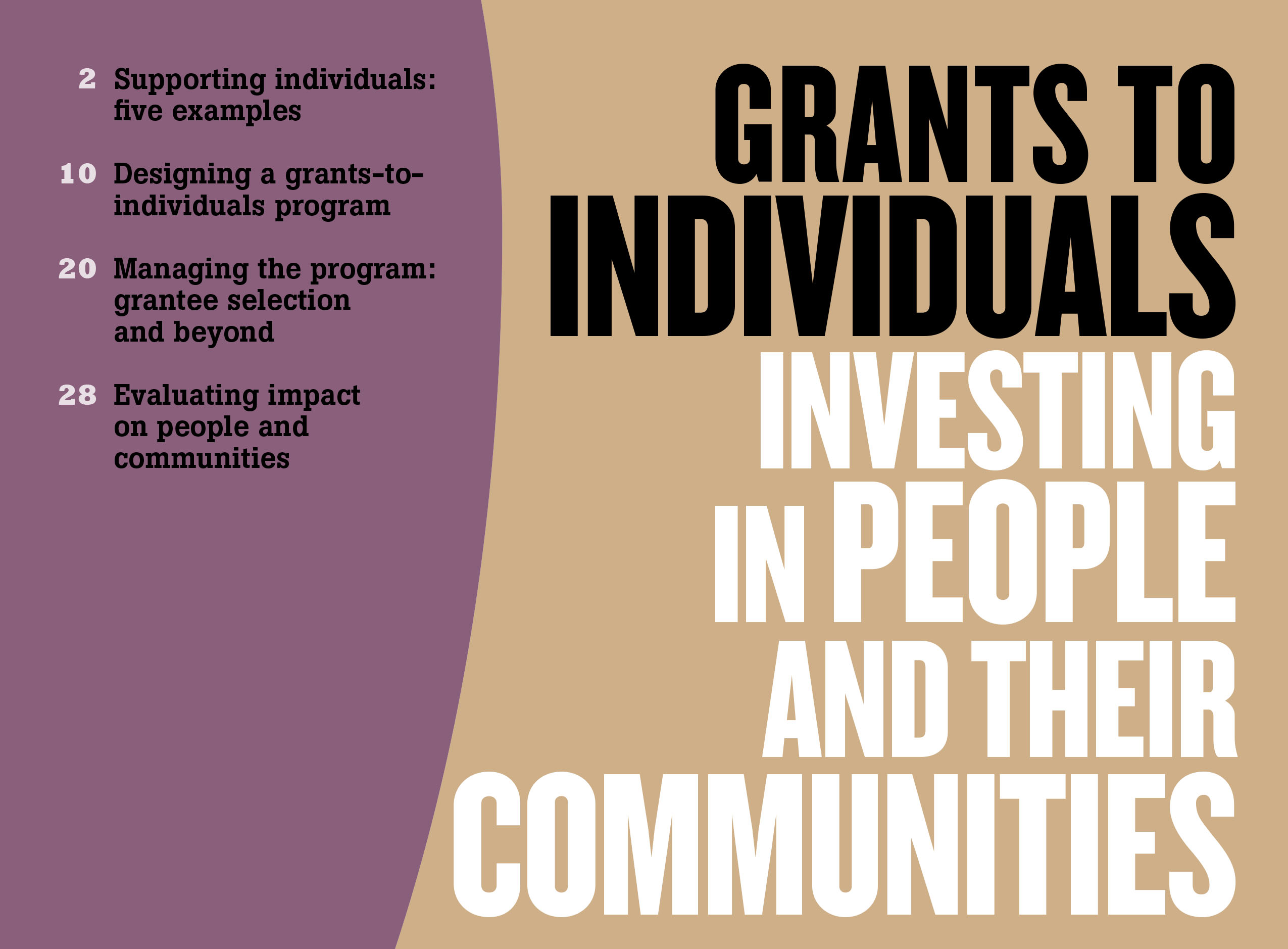Burroughs Wellcome Fund Fighting Ebola with Research
 The World Health Organization predicts that the Ebola virus could spread to as many as 1.4 million people worldwide. Helping to advance the development of therapies and diagnostics to fight this deadly virus are a number of Burroughs Wellcome Fund awardees. These scientists were funded, however, not because of their Ebola research projects, but because of the problem-solving and innovative thinking they bring to the research enterprise.
The World Health Organization predicts that the Ebola virus could spread to as many as 1.4 million people worldwide. Helping to advance the development of therapies and diagnostics to fight this deadly virus are a number of Burroughs Wellcome Fund awardees. These scientists were funded, however, not because of their Ebola research projects, but because of the problem-solving and innovative thinking they bring to the research enterprise.
The researchers’ contributions to this worldwide effort underscores the importance of the Fund’s longstanding approach to supporting biomedical research by supporting the development of scientists rather than of projects. BWF grants provide researchers with the freedom and flexibility to pursue new avenues of inquiry and higher-risk research projects that could result in critical insights into Ebola and other diseases. We support individual researchers because they are creative, risk-takers, and rise to meet, and potentially solve, interesting and important challenges.
A recipient of two BWF grants, Erica Ollman Saphire, Ph.D., is one of the world’s leading Ebola researchers. In 2008, she solved the crystal structure of the spike-like glycoprotein – the viral molecule required for Ebola to enter a host cell – as it was bound to an antibody from a human survivor. The result generated what she described as a “roadmap for new treatment,” eventually leading to the development of the experimental drug ZMapp that has been used in the successful treatment of five Ebola patients.
Erica has many times expressed her gratitude for our funding, because her work is admittedly difficult and risky, which many funders shy away from. We believed in her talent and drive, and recognizing our ability as funders to take risks that the government or big business can’t necessarily take was funding justification for us.
While Ebola might not have been the initial focus of other BWF awardees, their work has given insight into other deadly infections and identified new paths for possible treatments that are being applied to Ebola. Here are three examples:
- Infectious disease researcher Michael Farzan, Ph.D., has applied his knowledge of how HIV enters target cells – and the resulting immune response to this invasion – to uncover similar processes in emerging diseases like SARS and Ebola. Michael recently shared that our funding allowed him to branch out to new areas of study. Without it, he may not have taken his work on innate immune factors in HIV and developed the tools to look at those same factors in flaviviruses like Ebola. Now, his lab is looking at ways to rewire the cell so the virus can no longer get in. He is also exploring an approach that uses gene therapy to deliver the genetic building blocks of the Ebola drug ZMapp into muscle tissue, where the antibody cocktail can be produced for many years to offer protection against the virus.
- Computational geneticist Pardis Sabeti, M.D., D.Phil, has brought her expertise to bear on this global health threat. For years, her laboratory at Harvard has been looking for signs of natural selection in the Ebola virus genome. She led the international team that sequenced 99 Ebola virus genomes from the blood of patients in Sierra Leone, one of the countries hardest hit by the outbreak. The results of the analysis, which were published last month in the journal Science, could help scientists track the virus as its spreads and gauge how it has evolved over the course of the epidemic.
- Sean Whelan, Ph.D., has extended his work on the vesicular stomatitis virus to include studies on other pathogenic human viruses including Rabies, Marburg, and Ebola. A microbiologist at Harvard Medical School, Whelan identified the host protein – called Niemenn-Pick or NPC1 – that the Ebola virus glycoprotein must attach to in order to cause infection and disease. The discovery gives researchers yet another target to directly combat Ebola infections.
Flexible funding of intelligent and motivated individuals is critical to advancing human knowledge. BWF support opens opportunities for awardees to explore and branch out into new areas of study, and gives these opportunities room to develop through our multi-year funding approach. It is already beginning to pay dividends for those sick with Ebola, and I am confident that funding researchers in basic biomedical science will continue to pay off in the years to come.

